What informs the film look? Of all the technical aspects that do, I think it comes down to three key ingredients. 24p, a wide dynamic range and a 2x anamorphic lens. I and many other filmmakers chase that look. Well, I’ve just returned from Photokina in Cologne, Germany with a surprise. 2 years on from my first visit to SLR Magic at Photokina in 2012, they are back with a 2x anamorphic lens in 2014.
This lens has the potential to revolutionise the consumer market for cinema-standard anamorphic.
2x anamorphic is a Hollywood gold-standard spanning numerous decades and today the format is massively popular, just like in the classic era of anamorphic-shot blockbusters. Ridley Scott’s Blade Runner and Spielberg’s Jaws spring to mind when I think “anamorphic”. Such lenses are now used in a number of major features and music videos. (You can see what Quentin Tarantino, a long time anamorphic shooter, had to say about his preference here on EOSHD)
The lenses were originally designed to avoid the resolution loss of cropping Super 35mm film, but the unique stylistic properties of 2x anamorphic are now so ingrained in cinema, they are in the very DNA of it.
At Photokina I was also able to see first hand the interest of camera manufacturers in supporting this staple of Hollywood on their cameras. Panasonic were the most interested by far.
Matt Frazer of Panasonic in the US appeared instrumental in giving anamorphic a higher profile back at base in Japan. Upcoming firmware for the Panasonic GH4 already takes a step closer, adding 3:2, 4:3 and 1:1 aspect ratios for 4K recording and enabling a significant vertical resolution gain of up to 2880 lines using more of the sensor capture area to record the anamorphic image. A perfect match to the format of the 2x lens. From a standard 16:9 aspect ratio sensor, the cinema anamorphic format 2x squeeze produces an aspect ratio which is very narrow (3.55:1). It’s still nice (see image below) but it isn’t a standard.
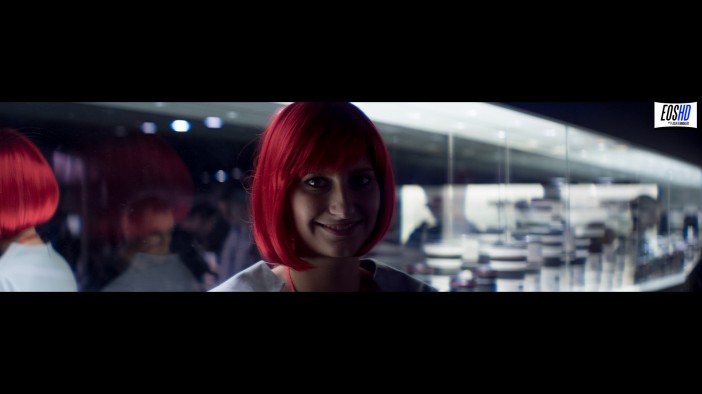
Now with 4:3 the 2x anamorphic aspect ratio gets much closer to the 2.35:1 of true Cinemascope.
Blackmagic were interested in the anamorphic too, and in true engineer style decided to try and break it! There we did a colour chart test and a quick grade in Resolve but without raw, the A7S was adding too many variables into the mix to really get an idea of what colour balance the glass itself was responsible for. Blackmagic seemed most keen on a very high end lens. SLR Magic are at this stage aiming for a consumer price level with it. All this interest from manufacturers is great for feedback though and it’s fantastic from my point of view to see them taking an interest in anamorphic finally. As a filmmaker there’s nothing more satisfying to my eyes than the overall optical character produced by the format.
Oval spheres glint out from waterfall bokeh and lights pointed into the lens flare horizontally like in a sci-fi blockbuster. The widescreen composition gives you more artistic freedom in where to place actors in the frame and you can do slower, more graceful pans without them leaving the frame. You get a vertical resolution gain (if the camera supports it), as well as the possibility of a horizontal stretch for upscaling to 4K and beyond. Last but not least is the ability to do a close up with a 50mm portrait lens yet isolate the subject horizontally as if at 25mm wide angle. It’s an amazing look. Now you can even buy TVs and computer monitors with the wider aspect ratio to display anamorphic footage to it’s full potential, as well as home cinema projector lenses, notably from Schneider Optics (who now own Isco Gottingen, makers of the Iscorama and owners of the Iscorama focus patents).
There’s some more about the anamorphic from Andrew Chan of SLR Magic in my recorded interview which I’ll upload soon or transcribe to the pages of EOSHD. Overall I was very satisfied with the character of the prototype 2x anamorphic. It is practically cinema on a stick. Areas to improve are as ever, are purely in one area as far as I’m concerned – the challenges of quickly focusing close without diopters.
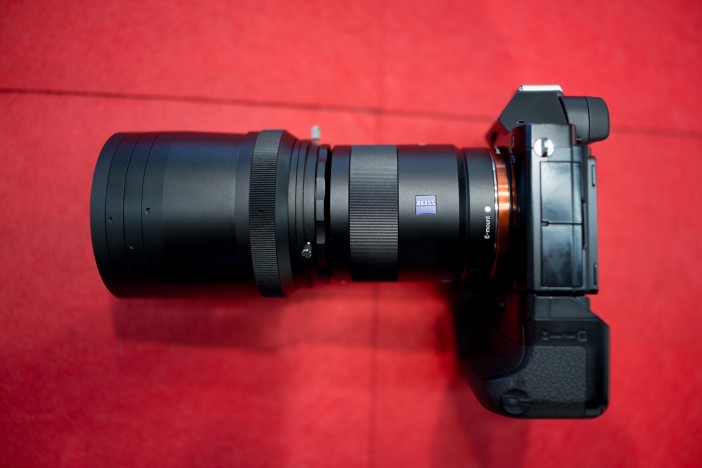
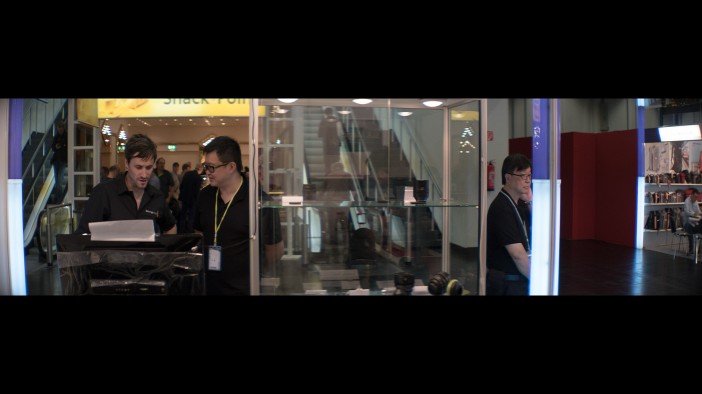
The pre-production SLR Magic 2x anamorphic provides coverage to a 50mm lens on a Super 35mm or APS-C sensor, maybe as wide as 35mm. I shot the above footage with it in APS-C crop mode in 1080p on the Sony A7S, using the Zeiss 55mm F1.8 FE as the taking lens. On full frame the combination nearly covered, just a bit of a vignette. Putting a 60mm lens on there may have worked but we didn’t have one to hand, though 85mm would have definitely worked without vignetting. It’s possible the Zeiss OTUS 85mm F1.4 would have worked well.
(As it happens, the existing 1.33x SLR Magic Anamorphot found a natural partner in the Leica 15mm F1.7 on the GH4. That lens was just so sharp with it and what surprised us was the lack of any vignette, even at 15mm. A lovely combination and I want to buy one!!)
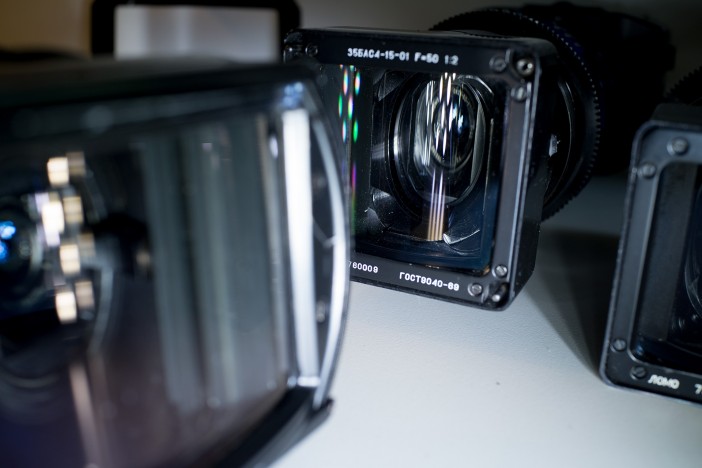
Current 2x anamorphic solutions (I have a few!!) are even more expensive and sparse than the 1.33x adapters from the DV era, or 1.5x Iscorama so I’ve been persuading SLR Magic to make a 2x solution for a while now. The LOMO square front (above) and round front lenses (not in my collection) have a factor of 2x but the square fronts are a bit wonky mechanically and mine do a strange compression change when racking focus, whilst round fronts are even rarer and will set you back over $6k per lens. Then if you’re lucky they will work ok. If you’re unlucky, well kiss goodbye to your $6k. You really do not know what you’re going to end up with on eBay sometimes.
Pro rental options are Zeiss Master Anamorphic, Vantage Hawk and Panavision 2x anamorphic but these aren’t accessible for the consumer or enthusiast or even most professional filmmakers actually.
2x Kowa Prominar lenses like the 8Z give lovely images but they are impractical to shoot with. Dual focus means you cannot rack focus during a shot and even a single shot setup with fixed focus takes an age to do. Because they are really projection lenses, designed to throw light at a wall, the minimum focus distances are huge.
Other consumer 2x anamorphic lenses from vintage eras do have single focus but are extremely rare. How rare? Well in the case of Isco, we’re talking about maybe a dozen, possibly. Back before the Iscorama price bubble formed (because of single focus) I was very lucky to obtain the unobtainable, a 2x Iscorama (badged Centavision) which appears to be one of only a handful of custom made lenses at the Isco factory for the Widescreen Centre in the UK, possibly a cobbling together of Isco and Kowa 2x elements, Iscorama patented focus mechanism all sweetly packed into whatever Iscorama 42 housing they had going spare in the mid 1990’s. It’s different to the “CentaVision” that crops up on eBay occasionally that is basically a rebadged Kowa dual-focus projection lens. I’ve never seen another one for sale, despite looking weekly, sometimes daily for the past 5 years!!
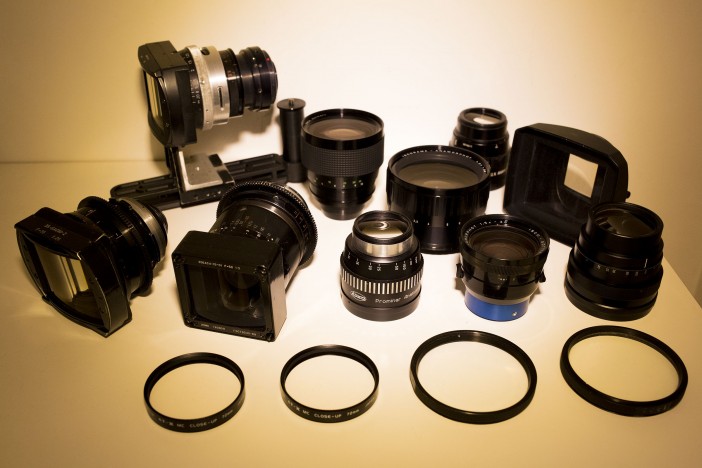
With an anamorphic adapter, it’s important for the lens to be lightweight as it’s going to be attached to the filter thread of your taking lens. The Anamorphot 2x is certainly that. Though it’s longer than the 1.33x version, it weighs about the same. There are no Panavision, Zeiss or Vantage Hawk anamorphic lenses at the high end of the filmmaking industry that are this light or as well suited to small cameras, lightweight rigs, POV rigs or aerial drone shoots. So it is a unique piece of glass.
I used an SLR Magic diopter for close focus on the 2x anamorphic footage above, however the lens maintains the built in semi-close-focus mode of the 1.33x without diopters.
Though still relevant in a world of 16:9 sensors, 1.33x anamorphic is more a video standard really so it’s fantastic to see the 2x cinema standard come to life in the hands of SLR Magic. As this lens develops, be sure to check EOSHD for more updates.


